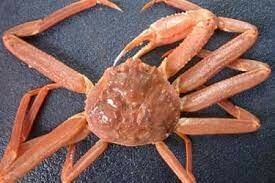Bulletproof tow-skiff
Builder modernizes traditional Chesapeake design to minimize maintenance
By Larry Chowning
Pound-net fishermen in Chesapeake Bay build and work their nets much the same way George Snediker did in 1870, when the Gravesend, N.J., fisherman introduced the netting to the Chesapeake region.
Used to harvest spot, croaker, menhaden, striped bass and trout, a stationary pound net consists of hedging, which is a line of stakes and netting that directs fish into heart-shaped bays. From there they go through a funnel and into the net's "head." Inside the rectangular or square-shaped head, fishermen land fish by pulling the net up to the skiff and then removing the fish with a dipnet or scoop.
Working a pound net is labor intensive, requiring a number of flat-bottom skiffs and men to drive poles in the mud, hang the netting and harvest the fish. Fishermen in Virginia's Mathews County call the skiffs tow-bats because they are towed to the fishing grounds by a larger boat ("bat" is taken from the French bateau, which was a light, flat-bottomed riverboat used around Chesapeake Bay). Gloucester County pound-net fishermen have abbreviated it to "bat."
Paul Somers of White Stone on Virginia's Northern Neck calls his boat a tow-skiff. After several generations of wooden tow-skiffs, Somers decided he'd had enough of the traditional wooden skiff, with its painting, caulking and worms.
Somers hired Larry Jennings of Jennings' Boatyard in Reedville, Va., to build him a 17' 8" x 6' 6" tow-skiff made of fiberglass and okoume marine plywood for the spring 2014 season. "We have to have a strong, sturdy skiff to work in our business," says Somers. "Larry has a great reputation for building strong boats that require very little maintenance, and I'm tired of maintenance."
"Paul wanted this skiff bulletproof," says Jennings. "He doesn't want to have to worry about having to build a skiff anymore. He has had a lot of wooden skiffs over the years. They are good boats, but wood wears out eventually, and he decided on a fiberglass skiff because he says it is the last one he wants to have built."






